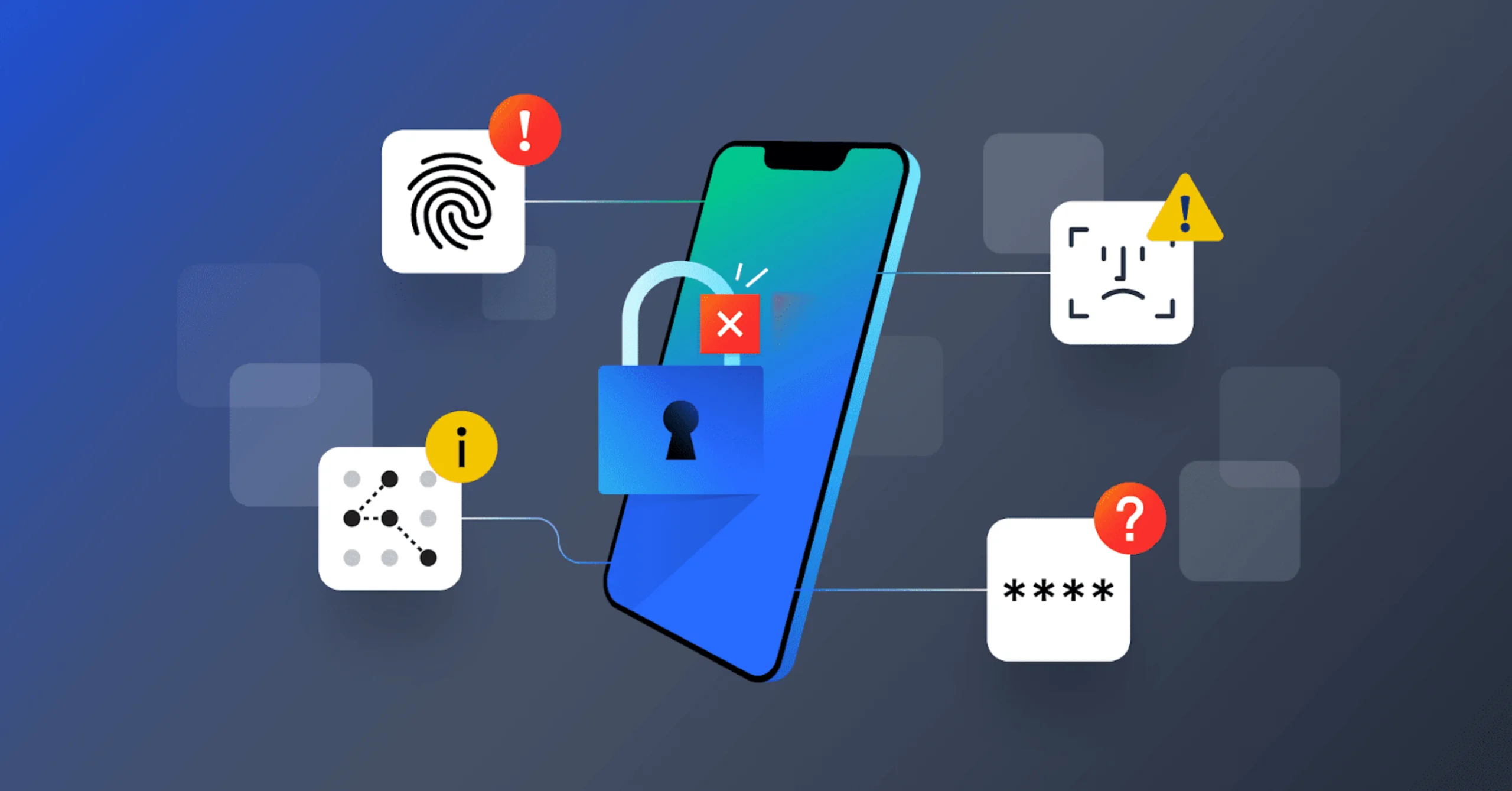Future of Passwordless Authentication in User Interfaces
Introduction In the ever-evolving world of digital security, one truth has become clear: passwords are no longer enough. As cyber threats grow more sophisticated, users demand...

Introduction
In the ever-evolving world of digital security, one truth has become clear: passwords are no longer enough. As cyber threats grow more sophisticated, users demand safer, faster, and more convenient ways to access their accounts. This shift has given rise to passwordless authentication – a groundbreaking approach that redefines how people interact with digital platforms.
Let’s explore why passwordless authentication in user interfaces is becoming a key part of the future.
What Is Passwordless Authentication?
Simply put, passwordless authentication eliminates the need for traditional passwords. Instead, it uses alternative verification methods, such as:
- Biometric data – fingerprints, facial recognition, or voice patterns.
- Security tokens – one-time codes sent to email, phone, or an authentication app.
- Hardware keys – physical devices for identity verification, such as YubiKey.
- Magic links – one-time URLs that users can use to log in directly.
This approach not only simplifies the login process but also improves security by eliminating one of the weakest links in user protection: the human factor.

Why Passwords Are Becoming Obsolete
Passwords have served their purpose for decades, but they have significant drawbacks. Users often create weak, easily guessed passwords or reuse them across different platforms. Furthermore, phishing attacks, data leaks, and credential stuffing make password-based systems increasingly vulnerable.
Because of these problems, both users and developers are turning to more secure and simpler alternatives. Passwordless systems reduce the cognitive load on users and minimize the risks associated with credential theft.
How Passwordless Authentication Enhances User Interfaces
From a user interface and user experience (UX) perspective, passwordless authentication offers numerous benefits:
Simplified User Interface
Users no longer need to remember or enter complex character sequences. A single tap or facial scan instantly grants access, making interactions more fluid and intuitive.
Increased Accessibility
By reducing the need for text entry, passwordless systems make apps and websites more accessible for people with disabilities or limited technical skills.
Modern Aesthetics and Simplicity
Designers can simplify login screens by focusing on minimalist layouts that emphasize user experience and brand identity.
Consistent Interface Across Devices
Whether mobile, desktop, or wearable, passwordless authentication provides a unified interface without compromising security.

Technologies Driving the Change
Several advanced technologies make passwordless authentication possible and practical.
The FIDO2 and WebAuthn standards allow browsers and devices to natively support secure passwordless login methods.
Biometric sensors in modern devices have become highly accurate and fast, increasing user confidence in fingerprint and facial recognition.
AI-powered behavioral analysis adds an additional layer of verification by recognizing typing speed, device movement, and even user posture.
These innovations allow developers to integrate robust security without sacrificing convenience.
Security and Trust: The Core of Adoption
While passwordless systems offer greater security, they also create new challenges. For example, biometric data must be stored and processed securely to prevent misuse. Therefore, trust and transparency play a crucial role in their implementation.
Companies implementing passwordless authentication must clearly explain how data is stored, encrypted, and protected. User education builds trust and promotes adoption of new login methods.

Road Ahead: A Password-Free Future
The transition to passwordless authentication isn’t a passing trend, but a fundamental transformation. As more organizations adopt it, users will expect seamless, secure, and instant access across all platforms.
Furthermore, the convergence of artificial intelligence, the Internet of Things, and advanced encryption will continue to improve identity verification. Authentication could soon become completely invisible – automated based on device trust, user behavior, and contextual cues.
Conclusion
The future of passwordless authentication in user interfaces looks promising. It paves the way to a world where security meets simplicity, and users enjoy easy access without compromising security.
For developers and companies, now is the perfect time to start exploring passwordless solutions. By integrating modern authentication methods into your software, you not only improve the user experience but also build a solid foundation for trust and digital resilience.